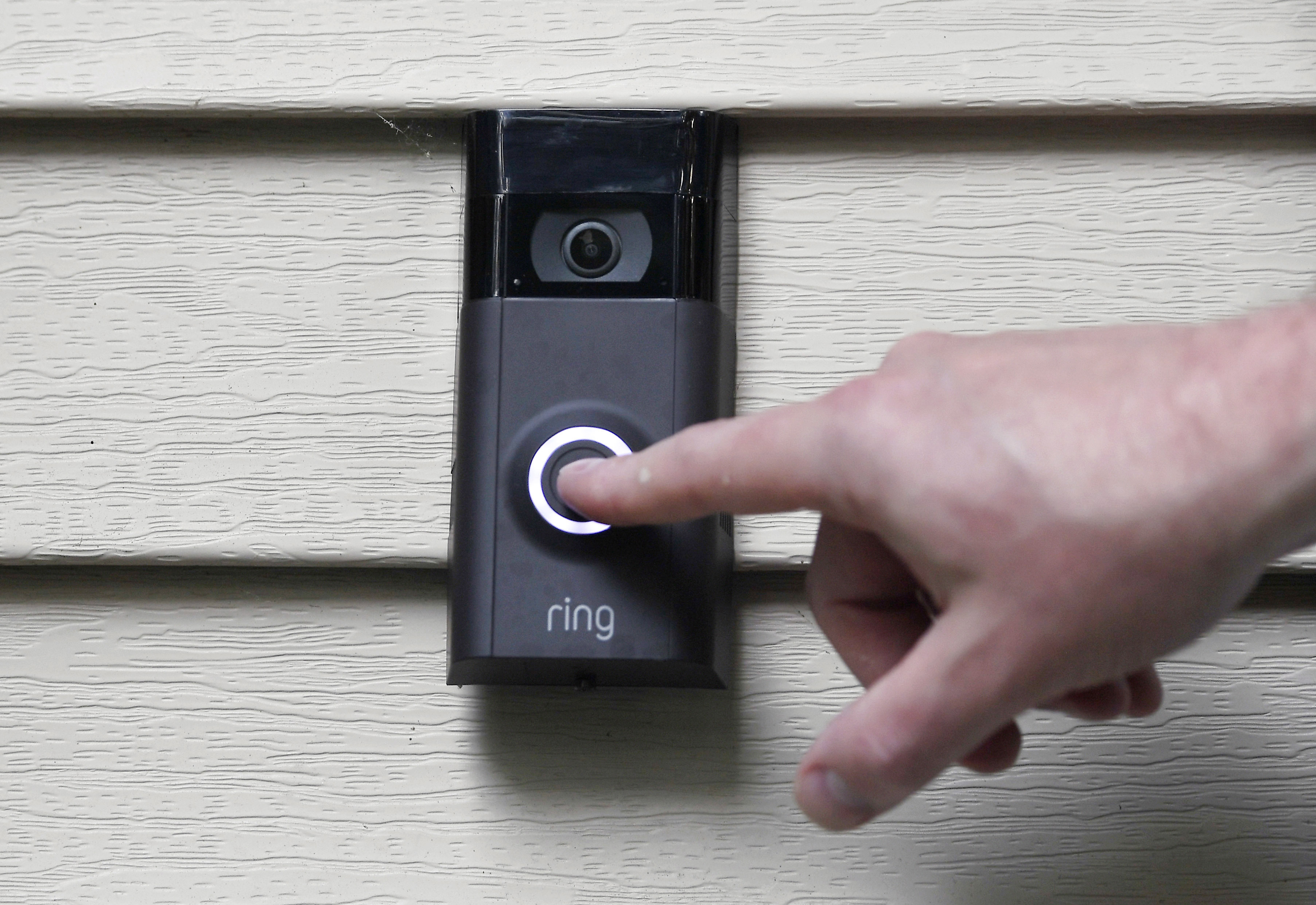President Joe Biden has met his goal of having most elementary and middle schools open for full, in-person learning in his first 100 days in office, according to new survey data, but the share of students choosing to return has continued to lag far behind.
The survey, conducted in March by the Education Department and released Thursday, found that 54% of public schools below high school were offering full-time classroom learning to any student who wanted it. It marks steady progress since January, when the figure was 46%.
But most students were still learning at least partly away from school. Almost 4 in 10 students continued to take all their classes remotely, the survey found, and an additional 2 in 10 were split between classroom and remote learning.
The disparity reflects a trend that has alarmed education officials at all levels: Even when schools reopen, many families have opted to keep students at home for remote learning. It has been most pronounced among Black, Hispanic and Asian American students, most of whom spent no time in a classroom in March, the survey found.
We're making it easier for you to find stories that matter with our new newsletter — The 4Front. Sign up here and get news that is important for you to your inbox.
“While we’ve made important progress, I will not be satisfied until 100% of schools are safely open for full time in-person learning for all students,” Education Secretary Miguel Cardona said in a statement. “The department will continue to work with students, families, educators, states and districts, to ensure our education system serves all students, not just some.”
Among students of all races, there was a modest shift toward classroom learning in March, but gains were largest among whites. Just more than one-half of white students were learning entirely in-person, compared with about one-third of Black and Hispanic students. Only 15% of Asian Americans were learning entirely in the classroom.
Progress has been equally uneven based on geography. One-half of all students in the South and Midwest were learning entirely in-person in March, compared with less than one-fifth in the West and Northeast. Still, the Northeast saw the largest gains, with Connecticut doubling its share of fourth grade students learning fully in-person, from 17% to 35%.
U.S. & World
The day's top national and international news.
Wyoming had the largest share (94%) of fourth grade students attending full time in the classroom; California (5%) had the lowest. Schools in rural areas were the most likely to be opened. Schools in cities have been the slowest to reopen.
Younger children, who are less likely than adults to get seriously ill from COVID-19, have returned to the classroom at higher rates. As of March, more than 4 in 10 fourth grade students were back in the classroom full time, compared with one-third of eighth graders.
Among Republicans, the survey's findings were seen as a failure by the White House. North Carolina Rep. Virginia Foxx, the top Republican on the House Education and Labor Committee, said Biden's “weak stance” on school reopening has contributed to students' learning loss.
“Fifty-four percent is a failing grade in any classroom and we need to treat it as such,” Foxx said in a statement. “There is no excuse for this administration’s level of incompetence.”
The latest survey reflects a period of growing momentum in the push to open schools.
In March, the Centers for Disease Control and Prevention said students could sit 3 feet apart in classrooms as long as they are wearing masks; earlier guidance suggested 6 feet. Several states adopted the revised recommendation, allowing more students to return to schools.
At the same time, Biden was pushing states to make teachers and other school workers a priority in vaccine rollouts. Some governors went on to order some or all of their schools to reopen in March, including in Arizona and Oregon.
Since then, schools have continued to reopen. States including Massachusetts and New Hampshire have ordered districts to invite students back to the classroom, and major districts elsewhere have started to reopen, including in San Francisco.
The administration started the survey this year to track the pandemic’s effect on schools and students. It’s based on responses from 3,500 public schools that serve fourth graders and 3,500 schools that serve eighth graders. Several states have declined to participate, including Montana, West Virginia and Utah.
The survey does not include high schools, which pose additional challenges and have been the slowest schools to reopen. Biden has acknowledged that high schools will take longer to reopen because of the higher risk of contagion among older students.
Schools have been a priority for Biden as he works to jump-start the economy and address learning setbacks among students. In March he signed a $1.9 trillion relief bill that included $123 billion to help schools reopen and recover from the pandemic. Last month he proposed a budget that would significantly expand education funding, with a proposal to double Title I money for low-income schools.
Biden in December pledged to reopen “the majority of our schools” in his first 100 days in office. In February he reframed the goal, promising to have most schools from kindergarten through eighth grade opened five days a week in that period.
Cardona has rallied behind Biden’s efforts, saying schools will need help addressing disparities worsened by the pandemic. On Thursday, he urged schools and education officials to “maintain a high level of urgency” even as more schools reopen.
“This success is the result of hard work and intentional collaboration between the administration, states, school districts, educators and families across the country,” he said. “Nothing can replace in-person learning, and thousands of schools have made that a reality for millions of students.”



